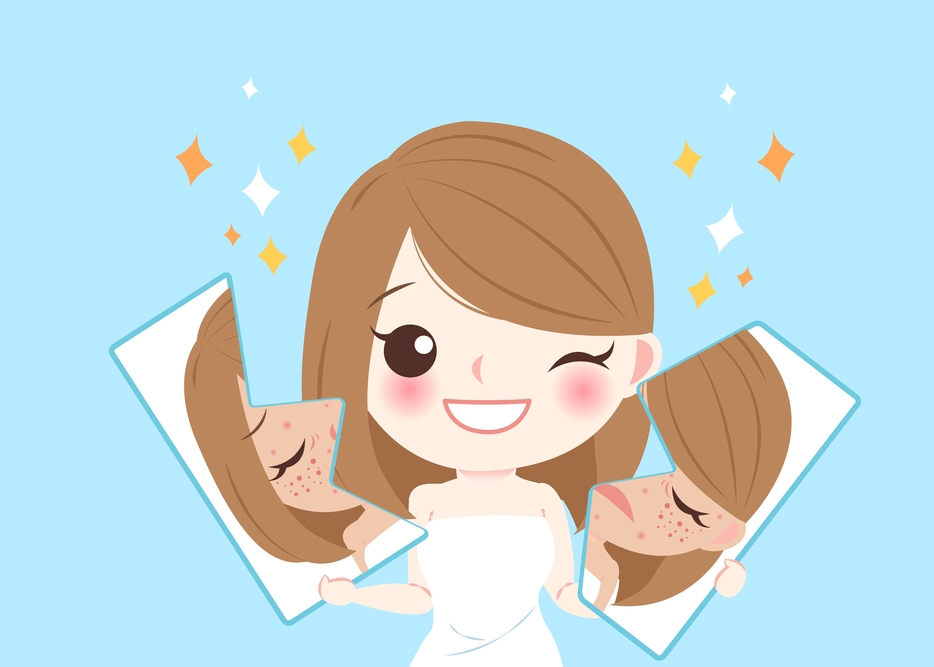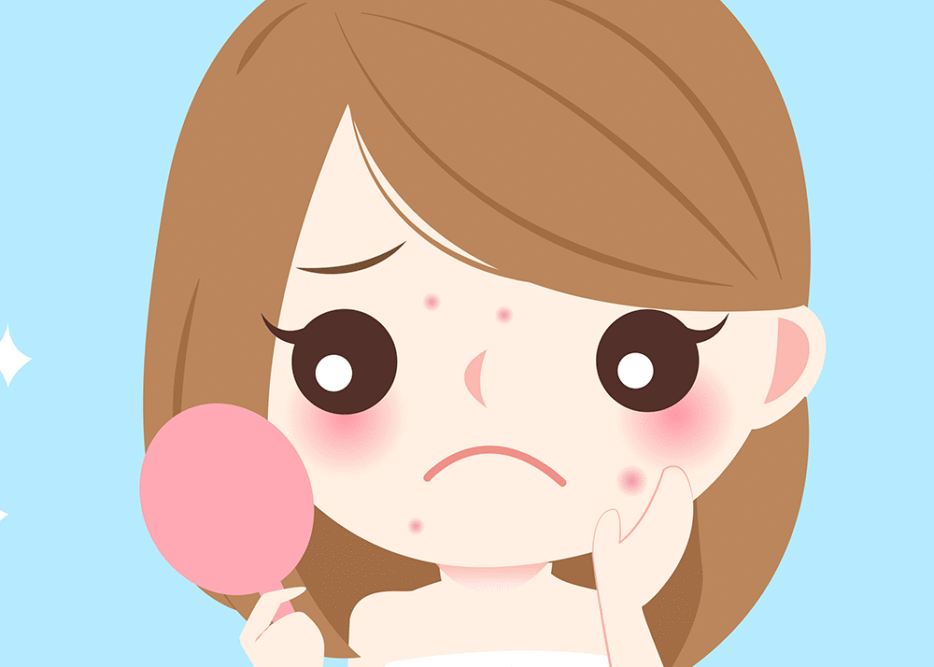The Truth About Adult Acne
Frustrated with frequent breakouts? Here’s what you can do to make your adult acne disappear.

Acne after puberty? It just doesn’t seem fair. Yet more than 70 percent of adults will experience outbreaks of adult acne between ages 20 and 50. Plus, it’s more likely to strike women than men.
Although dermatologists say more adults than ever are seeking treatment, it’s not clear whether this reflects increasing incidence or simply more people seeking help.
Acne isn’t just cosmetic
“People used to think that acne was just a cosmetic issue, but it’s a chronic skin condition with intermittent flare-ups and relapses,” says Dr. Bethanee Schlosser, director of the Women’s Skin Health Program at Northwestern University in Chicago.
“And even though it’s not a sign of a systemic disease in most patients, it can have significant negative outcomes’from scarring to skin discoloration’that can translate into low self-esteem.”
The same factors contribute to adolescent acne in teenagers as to age-onset acne in adults, defined as acne that occurs after the age of 25. Women are more likely than men to experience acne on the lower face (mid-to lower cheeks, jawline and chin) with tender nodules under the skin.
Though acne is caused by multiple factors, breakouts on the lower face are signs that it’s more hormone than bacteria-based.
What is adult acne?
To be diagnosed with acne, you must have comedones (whiteheads and/or blackheads). Otherwise, the breakout may be rosacea or an acne-like reaction to a medication.
The main components of adult acne are sebum, oil that is produced in sebaceous glands in the skin. Propionibacterium acnes (P. acnes) is a bacterium that lives in hair follicles (pores), an abnormal hair follicle that is ‘sticky’ (gets clogged); and inflammation, an immune reaction where white cells arrive en masse to battle against the trapped, growing bacteria.
How the four components interact is not entirely understood. “We do know they are closely intertwined,” says Schlosser.
“However, acne is complex. We are only just starting to unravel the causes.”
Why do we get adult acne?
Dermatologists know that all acne is driven by hormones to some degree.
“Acne occurs when there is a surge of male-type androgen hormones [namely testosterone and DHEAS],” explains Dr. Adam Natsheh, a dermatologist at Women’s College Hospital in Toronto. This is why teenage boys tend to get worse breakouts during puberty than girls, who experience a milder surge of these hormones.
Other potential causes of adult acne include:
- High hormone sensitivity
Emerging evidence also shows that some people have more hormone receptors on their oil glands.”They are more likely to develop acne when more androgens are in the system,” says Natsheh. The number of receptors is determined genetically, but treatments such as certain birth control pills block these receptors. - Immune system overkill
Some people have more of an immune gene called ‘toll-like receptor 7. When TLR7 genes sense bacteria, they send more white cells than normal to do battle, increasing the risk of inflamed pustules.”There is an unravelling of some people’s immunological response,” explains Dr. Yves Poulin, president of the Canadian Dermatology Association and an associate clinical professor in the department of medicine at Université Laval.”Their immune systems are attacking follicles and oil glands.”Anti-inflammatory medications are the best way to treat this, says Natsheh. - The stress hormone cortisol
While stress isn’t a direct cause, researchers theorize that it aggravates acne. An oft-cited 2002 study from Stanford University showed that students had more severe acne during exam periods than at other times. Natsheh explains that cortisol can sit on androgen receptors and trigger an acne cascade.
Can adult acne be prevented?
While hormone receptivity and immune response are predetermined causes of acne, we can do our part to prevent outbreaks by leading a healthy lifestyle, including exercising regularly, sleeping well, eating healthy foods and controlling stress, Natsheh recommends.
As for specific links between acne and certain foods, including dairy products and highly processed foods with refined sugar, preliminary evidence shows some links. However, evidence is not strong enough for dermatologists to recommend cutting out entire food groups, says Schlosser.
If you are convinced that a specific food leads to an outbreak, talk with your doctor about minimizing intake and replacing missing nutrients. Also, talk to your doctor about getting a referral to a dermatologist to see how best to treat your acne.

What are the best treatments for adult acne?
Today, dermatologists identify the main driver of a person’s acne and put together a personalized treatment plan that leverages the best combination of medications from these three major categories.
Anti-inflammatory and antibacterial medications (topical and oral)
A prescription, anti-inflammatory topical retinoid (a derivative of vitamin A) is often used to treat and prevent the abnormally sticky cells lining the hair pore that contribute to acne formation, says Schlosser.
The oral version of vitamin A medication, isotretinoin (better known as Accutane), has been lauded as the most successful way to treat severe acne. However, its side effects, including possible fetal defects, make it dangerous for women who may become pregnant.
Health Canada recently issued a warning about rare, but severe, skin reactions. Talk to your doctor.
Newer combination topical treatments, for example, an antibiotic (clindamycin) plus benzoyl peroxide (a peeling agent) are effective.
Natsheh adds that using two treatments separately may work doubly well. “In the morning, you can target bacteria and inflammation with benzoyl peroxide. Then at bedtime you can unblock pores and minimize scarring with a topical retinoid.”
Hormone blockers
Up to 60 percent of acne outbreaks in women are hormone-based. This is identifiable by the location of pimples and outbreaks that occur just before menstruation, says Schlosser. Oral antibiotics may not work well on this acne.
“If your acne is distributed on the lower face and tends to show up as painful nodules, then you may benefit from hormonal therapy,” she says.
Birth control pills containing both estrogen and progestin are effective against acne, although patients have to weigh the risks, including, in rare cases, blood clots.
Photodynamic therapy (PDT) with topical photosensitizers
PDT uses light treatments plus a photosensitizing agent, typically 5-aminolevulinic acid (ALA). This is a new effective option for mild to moderate acne, says Natsheh. “ALA and blue light have strong anti-inflammatory properties, but you need several treatments every three to four weeks.”
You can get the treatment at some dermatologists’ offices. However, it’s not covered by all health benefit plans.) Store-bought devices don’t have as much supporting evidence, adds Natsheh.
Although it may be hard to stay upbeat while getting acne under control, try to stay patient and positive. Combining the various options in a personalized treatment plan will eventually give you the upper hand in managing this condition.




